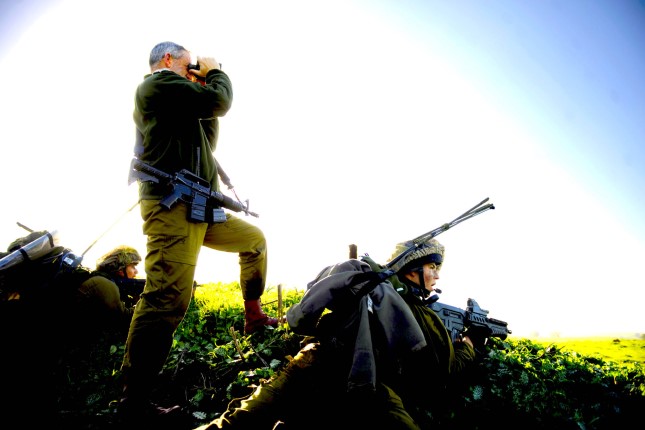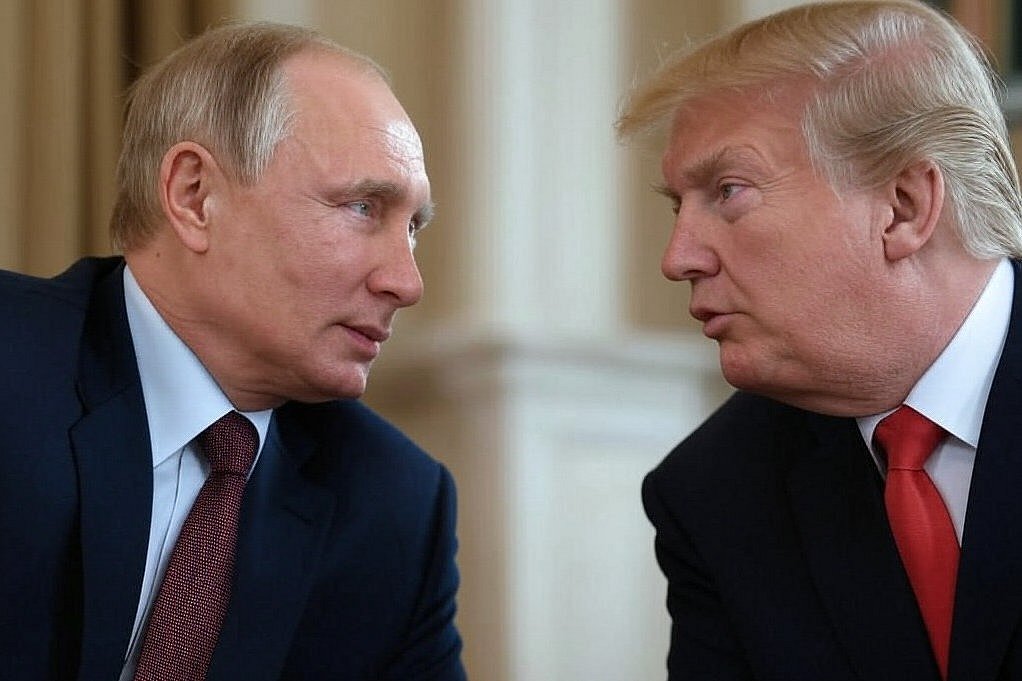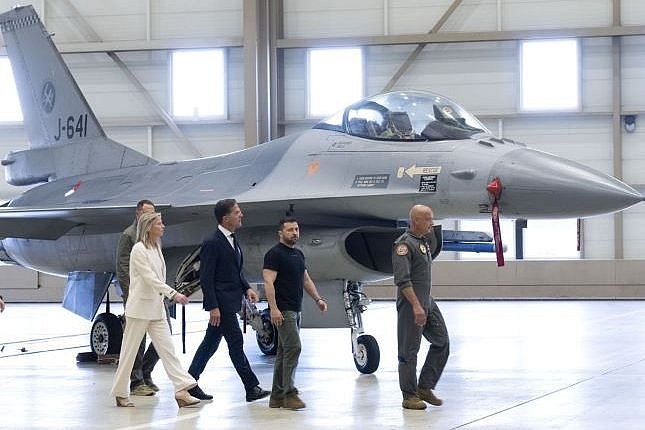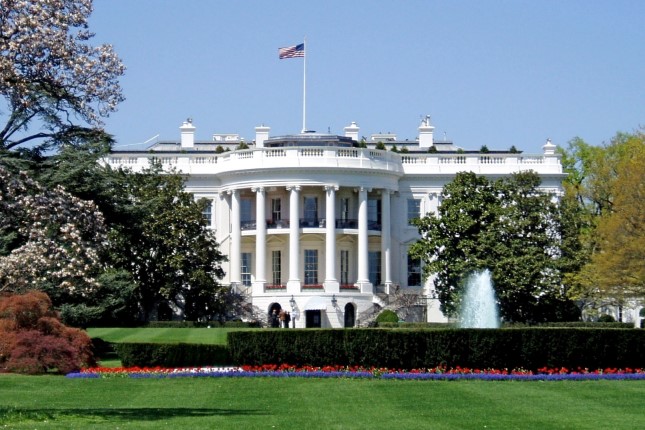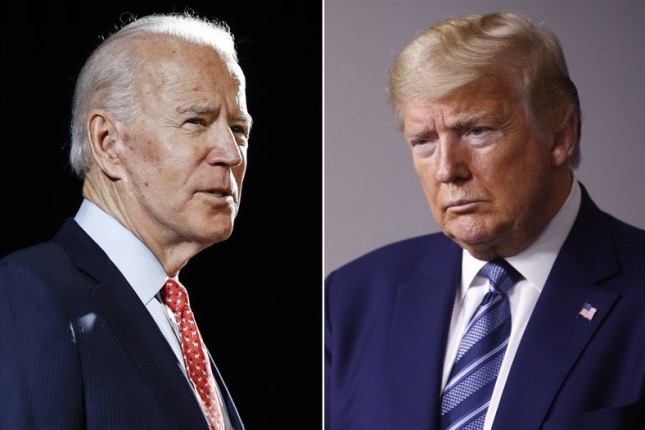Tensions on the border between Israel and Lebanon in the wake of Hamas’ Oct. 7 incursion into southern Israel have escalated into clashes between the Israeli military and Hezbollah as the former prepares to launch its ground invasion of Gaza.
With this in mind, and with the stakes involved taken into account, it seems now to be a question of “when” not “if” Hezbollah opens up a northern front against Israel.
It was always inevitable that this would be the case. Ever since the month-long conflict between Hezbollah and Israel of July-August 2006, both have been preparing for the next one, reviewing and upgrading their respective capabilities, tactics and training with precisely what is unfolding now key in their forward planning.
Glaringly absent from the welter of analyses by pro-Israel think tanks across the West on the coming conflict between the Shia resistance movement and the IDF has been the crucial factor separating both.
The crucial factor lies on the level not of preparedness but psychology. And it is here where Hezbollah holds the advantage.
Put more simply, in 2006 Hezbollah battered the Israelis to the point of abject humiliation. It was the first ever military defeat of the much and hugely-vaunted Israeli military by an Arab army, and its impact has done much to inform the morale of both ever since.
Alastair Crooke is a former MI6 — U.K. foreign intelligence — operative now based in Beirut, where he founded the peace advocacy organisation, Conflicts Forum. His analysis of the 2006 Hezbollah-Israel conflict remains unsurpassed.
Crooke: “Much to their surprise, Hezbollah commanders found that Israeli troops were poorly organized and disciplined. The only Israeli unit that performed up to standards was the Golani Brigade, according to Lebanese observers. The IDF was ‘a motley assortment’, one official with a deep knowledge of US slang reported. But that’s what happens when you have spent four decades firing rubber bullets at women and children in the West Bank and Gaza.”
Moreover: “IDF commanders were also disturbed by the performance of their troops, noting a signal lack of discipline even among its best-trained regular soldiers. The reserves were worse, and IDF commanders hesitated to put them into battle.”
At this writing, Israel has mobilized 300,000 reservists for its war against Hamas, which in addition to its already standing regular army of 150,000 troops represents an astonishing offensive military force — or at least it does on paper. But wars are not fought on paper, which the Israelis found out to their cost back in 2006.
Hezbollah leader Hasan Nasrallah recently delivered a bombastic speech, during which he boasted that Hezbollah now has 100,000 trained and equipped fighters ready to go into battle. If true, this marks a tremendous military capability relative to 2006 on the part of the Lebanese Shia resistance organisation.
In a recent article which appeared on the This Is Beirut Lebanese news site, journalist Natasha Metni Torbey writes: “Ehud Barak, the former Israeli Defense Minister, has stated that Hezbollah possesses a stock of rockets and missiles, which has undoubtedly increased over time and is currently estimated at 75,000.”
Hezbollah’s on-the-ground combat experience in Syria in recent years will also have improved its tactics and preparedness. Utilised as shock troops in that conflict, their fighters were key in the ability of the Syrian Arab Army to defeat the Salafi-jihadi onslaught that engulfed Syria from 2011 all the way up to 2018–19.
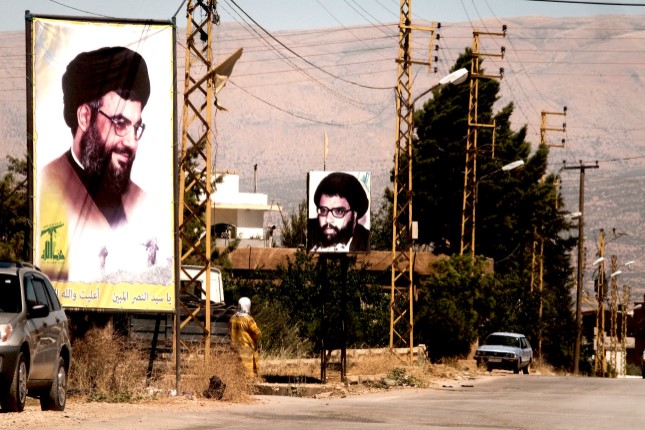
Hezbollah posters of its leader Hasan Nasrallah around the streets of Baalbek, Lebanon, 2009. Photo: Will De Freitas / Flickr / CC BY-NC-ND 2.0.
In a 2014 report compiled by Washington think tank, Institute for the Study of War, Marisa Sullivan makes the cogent point that “Hezbollah now has a cadre of fighters that has experience conducting offensive operations in urban environments. And the rotation of fighters into Syria has given its newer recruits or reservists experience on the battlefield. Moreover, Hezbollah units have also gained experience coordinating with allied forces in combat, as well as logistical sustainment over longer periods.”
In the wake of the 2006 conflict against Hezbollah in southern Lebanon, the Israelis established the Winograd Commission to investigate the inability of the Israeli military to achieve its strategic objectives. In its final report, published in 2008, the commission concluded that “All in all, the IDF failed, especially because of the conduct of the high command and the ground forces, to provide an effective military response to the challenge posed to it by the war in Lebanon, and thus failed to provide the political echelon with a military achievement that could have served as the basis for political and diplomatic action. Responsibility for this outcomes lies mainly with the IDF, but the misfit between the mode of action and the goals determined by the political echelon share responsibility.”
Hezbollah’s ability to enter into another full scale conflict with Israel is of course hampered to a large degree by the fractious character of wider Lebanese society. The devastating 2020 explosion in Beirut Harbour exposed the parlous state of the country’s governance and weak political institutions hollowed out by years of corruption and mismanagement.
Hezbollah in this context has been regarded with hostility by a significant section of the Lebanese people — less guardian of the country’s sovereignty and more sectarian menace. However public opinion is a fluid entity, and never more so when it comes to war and conflict.
In 2006, for example, Israel’s decision to bomb targets in Lebanon up to and including Beirut’s Rafiq Hariri International Airport succeeded in cultivating widespread support for Hezbollah in the country in places and from sectors of the population where before it had been absent.
“These are the times that try men’s souls,” the great 18th-century chronicler of the American Revolution, Thomas Paine, famously wrote, and who could possibly argue that we are living through such times now, today, in late 2023?
The entire Middle East, a region that has known only conflict and strife to varying degrees since oil was discovered there in the early 20th-century, is currently sitting on the precipice of an abyss.
Indeed, the lust for blood has never been more pronounced than now in human affairs across a world endowed with 21st-century technology at the disposal of biblical minds.
Returning, finally, to the wisdom of the ancient Chinese military strategist and philosopher Sun Tzu: “To fight and conquer one hundred times is not the perfection of attainment, for the supreme art is to subdue the enemy without fighting.”
“Subdue the enemy without fighting.”
If only.
Main photo: March 2011: Lt. Gen. Benny Gantz at a military drill by a battalion of the Golani Brigade in northern Israel © Israel Defense Forces / Wikimedia Commons / CC BY 2.0.
Source: Consortium News.
